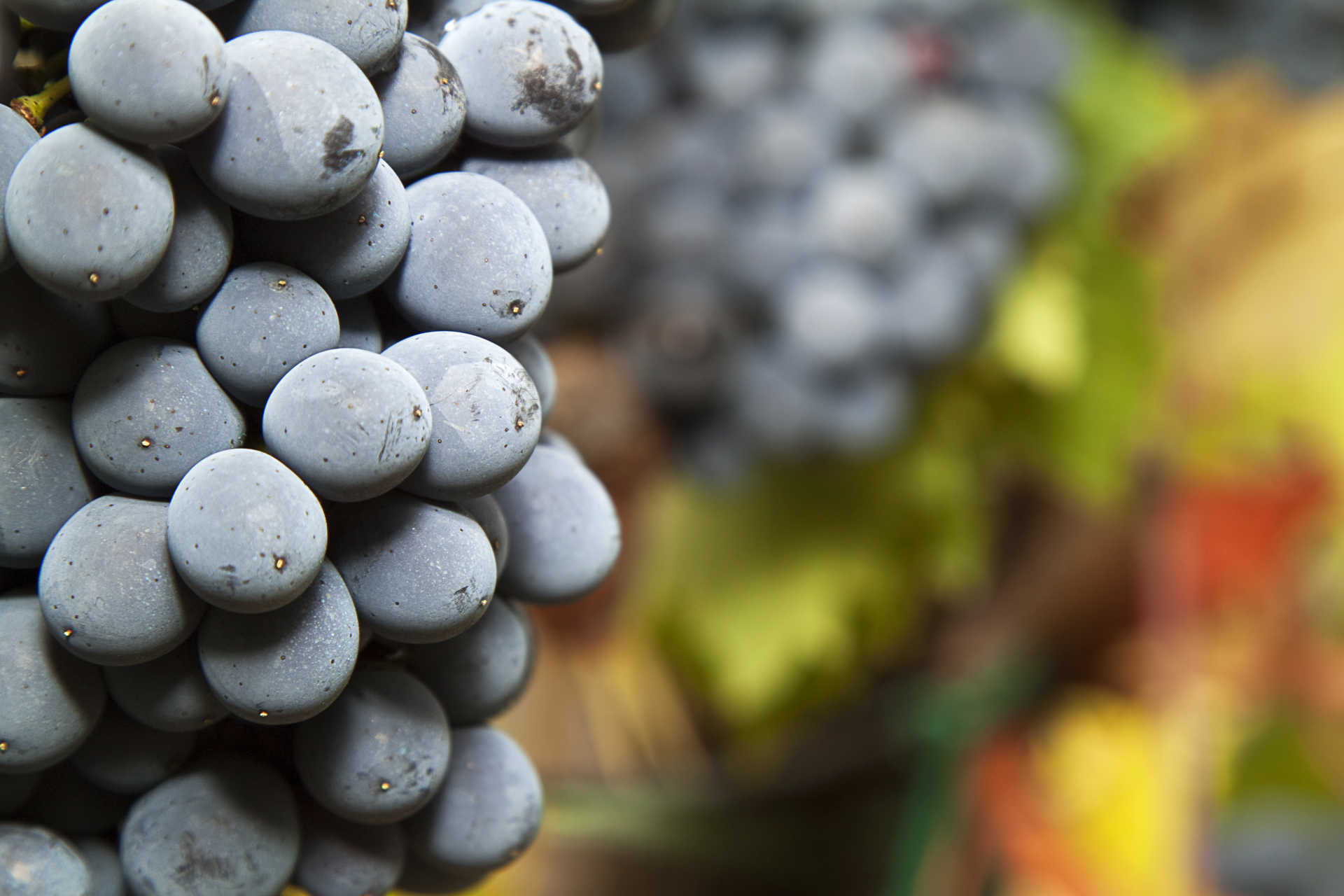Barone Ricasoli CeniPrimo Chianti Classico Gran Selezione 2017
-
James
Suckling -
Robert
Parker -
Wine
Enthusiast - Decanter



Product Details
Your Rating
Somm Note
Winemaker Notes
Ruby red color. The nose is ethereal, with cherry, light balsamic notes and sweet almonds. The voluminous palate, with well-structured tannins, reveals the characteristics of the area.
Professional Ratings
-
James Suckling
This is very perfumed and fruity with cherries, light currants and just a hint of vanilla. It’s medium-bodied with tight, polished and silky tannins and a flavorful finish. Creamy and refined, yet structured. Subtle and very, very long. Drink or hold.
-
Robert Parker's Wine Advocate
Presenting an extremely elegant mid-weight style, the Barone Ricasoli 2017 Chianti Classico Gran Selezione Castello di Brolio CeniPrimo dances across the senses with grace and softness despite any preconceptions concerning this hot, not always easy vintage. The wine opens beautifully in the glass and tastes even better the next day. Delicate forest berry, cassis, dried herbs and crushed flowers give the wine a lot of material that is presented to the senses in careful stages.
-
Wine Enthusiast
Aromas of fragrant purple flowers, baked plum and a whiff of pipe tobacco form the inviting nose. Elegantly structured, the youthfully austere palate features dried black cherry, licorice and orange zest framed in tightly wound, fine-grained tannins. It closes on a coffee bean note. Drink 2023–2029.
-
Decanter
From the southernmost part of property, in the Arbia Valley, Centiprimo sits on an ancient river terrace with silty clay soil. In 2017, this was the last of the three crus to be harvested, on 25 September. It is quiet and subtly spicy with complimentary hints of Mediterranean herbs and fleeting violet. The palate is clean, with chewy fruit, a caressing texture, and a slightly tangy, saline edge. The tannins are dense but not imposing, and the finish is warm. Give this another year to open up.
Other Vintages
2020-
James
Suckling -
Wine
Spectator -
Jeb
Dunnuck
-
James
Suckling -
Wine
Spectator -
Robert
Parker
-
James
Suckling -
Wine
Spectator







The history of Italy cannot be told without including the prominent contributions of the Ricasoli family, who have produced wine since 1141. Ricasoli is documented as the oldest winery in Italy and the fourth oldest family business in the world. A beautiful illustration of the family tree in 1584 is one of the first images of the Chianti area and the family archives include export receipts dating back to the late 1600s. However, perhaps the most famous historical contribution came from Baron Bettino Ricasoli, who was not only twice the prime minister of Italy, but after 30 years of experimentation and documentation, developed the original formula for the Chianti wine that became the standard for the region.
The heart of the Ricasoli wine production comes from the Brolio castello, a magnificent castle located in the commune of Gaiole in Chianti, which was built as an outpost to defend Florence from the rival city of Siena. Within the estate, ancient cannonballs and even more recent WWII artillery shells have been found, evidence of the historical strategic importance of the castle with views of the entire Chianti Classico area. The 3,000 acre estate includes 580 acres of sustainably farmed vineyards, ranging in altitude from 800 to 1,500 feet. Each plot is harvested and fermented separately with meticulous dedication.
Baron Francesco Ricasoli has been at the helm of the winery since 1993 and with the deepest respect for his renowned ancestors, he has guided the estate in innovation and sustainable vineyard practices. The ongoing study of soil types and the clonal selection of the Brolio Sangiovese are among his greatest passions and he has been responsible for total renovation and re-mapping of the vineyards. Today, the wines are a reflection of the family’s nine hundred year dedication to quality winemaking and innovation at the Brolio estate.

Among Italy's elite red grape varieties, Sangiovese has the perfect intersection of bright red fruit and savory earthiness and is responsible for the best red wines of Tuscany. While it is best known as the chief component of Chianti, it is also the main grape in Vino Nobile di Montepulciano and reaches the height of its power and intensity in the complex, long-lived Brunello di Montalcino. Somm Secret—Sangiovese doubles under the alias, Nielluccio, on the French island of Corsica where it produces distinctly floral and refreshing reds and rosés.

One of the first wine regions anywhere to be officially recognized and delimited, Chianti Classico is today what was originally defined simply as Chianti. Already identified by the early 18th century as a superior zone, the official name of Chianti was proclaimed upon the area surrounding the townships of Castellina, Radda and Gaiole, just north of Siena, by Cosimo III, Grand Duke of Tuscany in an official decree in 1716.
However, by the 1930s the Italian government had appended this historic zone with additonal land in order to capitalize on the Chianti name. It wasn’t until 1996 that Chianti Classico became autonomous once again when the government granted a separate DOCG (Denominazione di Origine Controllata e Garantita) to its borders. Ever since, Chianti Classico considers itself no longer a subzone of Chianti.
Many Classicos are today made of 100% Sangiovese but can include up to 20% of other approved varieties grown within the Classico borders. The best Classicos will have a bright acidity, supple tannins and be full-bodied with plenty of ripe fruit (plums, black cherry, blackberry). Also common among the best Classicos are expressive notes of cedar, dried herbs, fennel, balsamic or tobacco.
